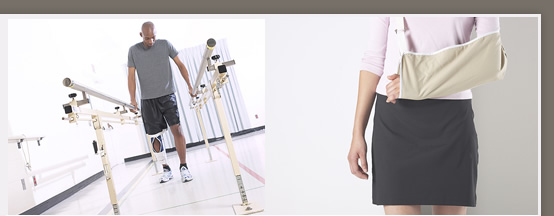

Billboard |
|
Understanding Constructive DischargeThe "Employment at Will" doctrine states that, in most cases, an employer may choose to fire an employee, with or without a reason, and an employee can choose to quit a job with or without a reason. Though this doctrine is very strongly supported by legal precedent, a set of exemptions exist under which an employer who fires an employee arbitrarily may face legal action for "wrongful termination." Constructive discharge refers to a subset of circumstances related to wrongful termination. Consider the following scenario: An employer called Mr. Johnson has an employee named Mr. Smith. Mr. Johnson has developed a strong personal vendetta against Mr. Smith, and would love to fire him immediately. However, Mr. Johnson is well aware that rash action might allow Mr. Smith to pursue legal action against him. So, in an effort to sidestep a potential lawsuit, Mr. Johnson decides not to actually "fire" Mr. Smith. Instead, he institutes some major changes at the office which make coming to work intolerable for Mr. Smith. As a result, Mr. Smith resigns. Is this legal? Can an employer get around wrongful termination exceptions by simply inducing an employee to quit, without actually firing him/her? The answer is no. Under the concept of "constructive discharge," an employee may bring wrongful termination charges against an employer even if the employee quit his job, if his resignation was the direct and immediate result of changes that made his working life intolerable. In other words, using our example from above, Mr. Smith can still bring legal action against the scheming Mr. Johnson by showing that, although Mr. Johnson never explicitly fired him, Mr. Smith was forced to quit because of actions or decisions made by Mr. Johnson. Simply put, Mr. Johnson's actions constituted a virtual dismissal and could be viewed as such in a court of law. Of course, an accusation of wrongful termination under the constructive discharge doctrine is not easy to prove. An employee seeking legal action must demonstrate several things - - That the employer instituted or allowed a change in the workplace which was the cause of and led directly to the employee's resignation. Usually, this will only be plausible if the change and the resignation of the employee occurred in rapid succession; otherwise, it will be difficult to prove a causal connection - That the change(s) instituted by the employer were so radical, extreme, and intolerable, that any reasonable employee would have chosen to quit under the circumstances. - That the employer explicitly pursued or allowed these intolerable changes, despite knowing that it would cause any reasonable employee to resign. It is important to distinguish here between a "change" and a "circumstance." For a constructive discharge claim to be successful, an employee cannot base his accusations on an existing set of circumstances which eventually became irritating enough to make him quit. A specific change in working environment must be proven before the employee can build a solid case. Joe Devine For more information visit http://www.orangecountyemploymentlawyers.com Personal Injuries WHO CAN COLLECT MY RECEIVABLES - The internet provides many resources when you need to find a firm to assist. What if There Were Legal Justice in the United States - What if the courts in America could be trusted with justice? What if there really was legal justice in our nation? What if there were not totally politically motivated prosecutions and investigations?. Lemon Law Expert - Lemon Laws in the US were established to help protect the consumer against the purchase of a bad product, most notably automobiles. New Jersey DWI Penalties - Driving While Intoxicated (DWI) in New Jersey attracts a bunch of penalties that includes fines, charges and surcharges, imprisonment or mandatory counseling. I have rights - Nature's Rights. more...
|
© Copyright Sapmail.net All rights reserved. Unauthorized duplication in part or whole strictly prohibited by international copyright law. |